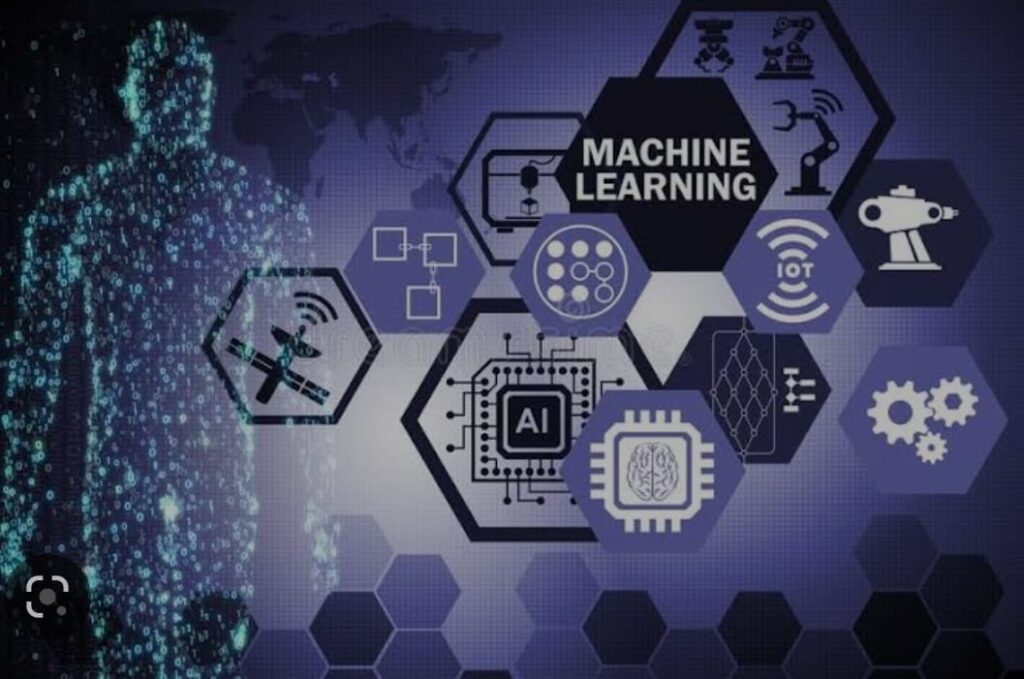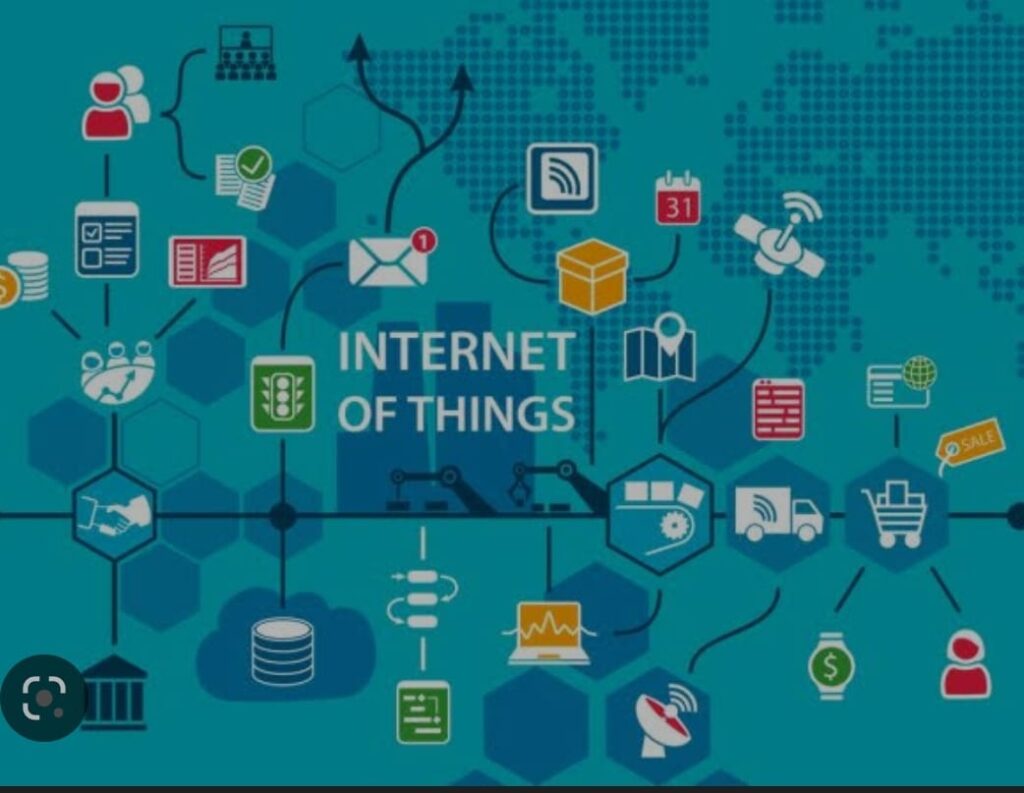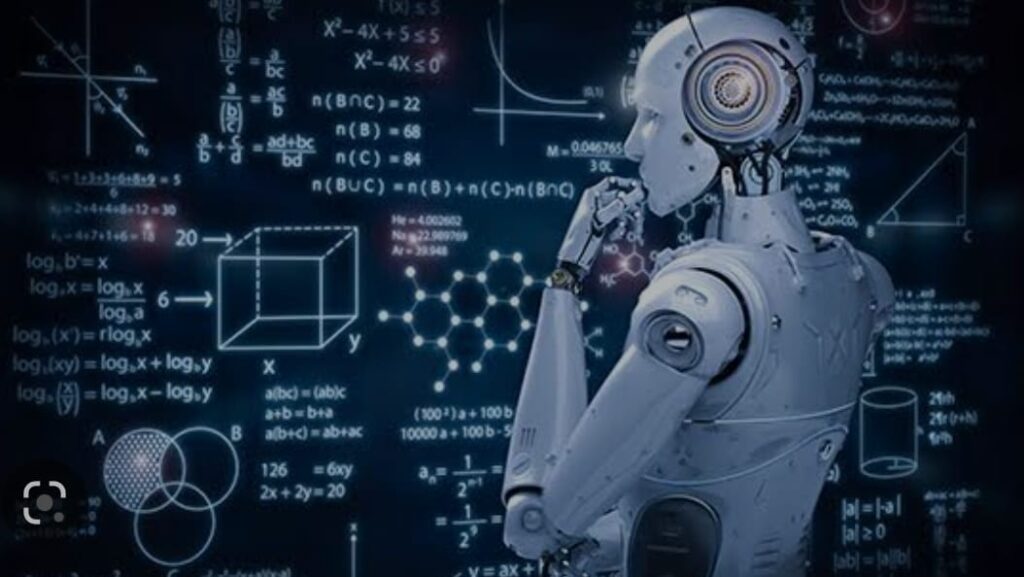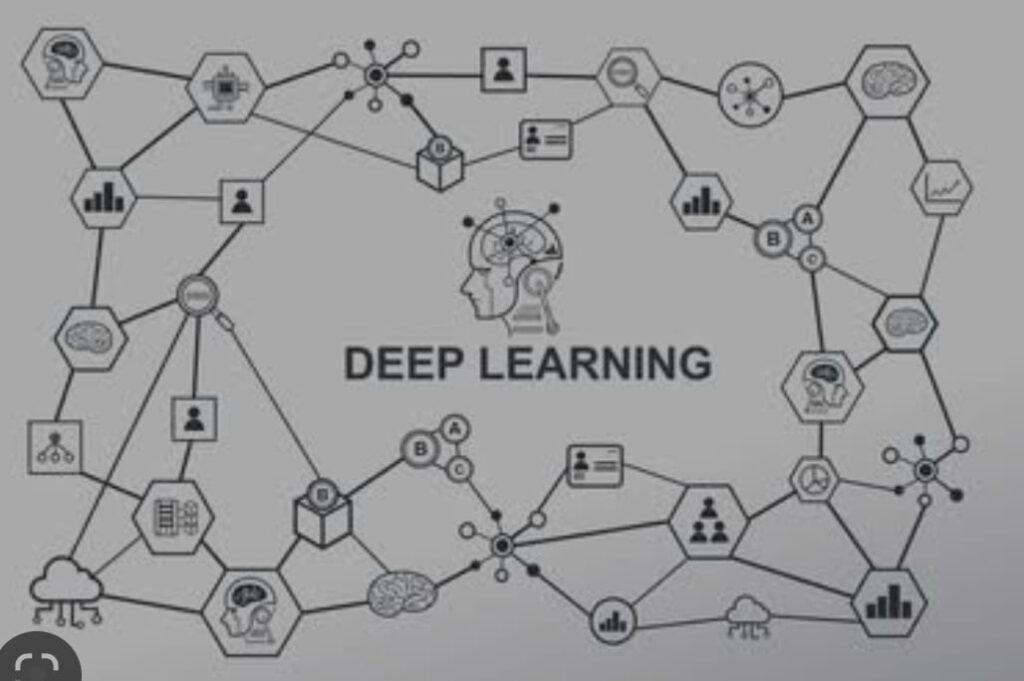Table of Contents
Artificial Intelligence (AI), Machine Learning (ML), Internet of Things (IoT), Robotics, Natural Language Processing (NLP), and Deep Learning are some of the most prominent buzzwords in the field of computer science and technology. Though often used interchangeably, these terms have distinct meanings and applications.
This article aims to provide a comprehensive yet concise explanation of the differences among AI, ML, IoT, Robotics, NLP, and Deep Learning.
What is Artificial Intelligence (AI)?
Artificial Intelligence refers to the ability of machines to perform tasks that typically require human intelligence, such as recognizing speech, images, and patterns, making decisions, and solving problems. AI is a broad field that encompasses various subfields, including machine learning, natural language processing, robotics, computer vision, expert systems, and more. AI involves designing algorithms that can learn from data, reason and make decisions, and perform tasks without human intervention.

What is Machine Learning (ML)?
Machine learning is a subset of AI that focuses on designing algorithms that can learn from data without being explicitly programmed. ML involves using statistical techniques to identify patterns and relationships in data and make predictions or decisions based on the learned patterns.

ML algorithms are categorized into three types: supervised learning, unsupervised learning, and reinforcement learning.
Supervised learning algorithms learn from labeled data to predict or classify new data. Unsupervised learning algorithms learn from unlabeled data to identify hidden patterns or groupings.
Reinforcement learning algorithms learn by receiving feedback in the form of rewards or punishments for specific actions.
What is Internet of Things (IoT)?
The Internet of Things (IoT) refers to the network of physical devices, vehicles, buildings, and other objects that are embedded with sensors, software, and connectivity, allowing them to collect and exchange data. IoT involves connecting devices to the internet to enable communication and automation.

IoT devices range from small sensors that monitor environmental conditions to large machines that control industrial processes. IoT applications include smart homes, wearable devices, industrial automation, and smart cities.
What is Robotics?
Robotics refers to the design, construction, and operation of robots. Robots are machines that can perform tasks autonomously or semi-autonomously. Robotics involves using sensors, actuators, and other technologies to enable robots to sense and interact with their environment. Robotics applications include manufacturing, healthcare, exploration, and entertainment.

What is Natural Language Processing (NLP)?
Natural Language Processing (NLP) refers to the ability of machines to understand and generate human language. NLP involves using computational techniques to analyze, understand, and generate natural language text and speech. NLP applications include chatbots, voice assistants, sentiment analysis, and machine translation.

What is Deep Learning?
Deep Learning is a subset of machine learning that involves designing neural networks with multiple layers to learn hierarchical representations of data. Deep learning involves using neural networks to learn from large datasets to identify complex patterns and relationships in data. Deep learning algorithms are used in a wide range of applications, including computer vision, natural language processing, and speech recognition.

Key Differences among AI, ML, IoT, Robotics, NLP, and Deep Learning
Scope:
AI is a broad field that encompasses various subfields, including ML, IoT, Robotics, NLP, and Deep Learning. ML is a subset of AI that focuses on designing algorithms that can learn from data without being explicitly programmed. IoT, Robotics, NLP, and Deep Learning are subfields of AI that focus on specific applications.
Learning Approach:
ML involves designing algorithms that can learn from data without being explicitly programmed. Deep Learning is a subset of ML that involves designing neural networks with multiple layers to learn hierarchical representations of data.
Data Source
: ML, IoT, NLP, and Deep Learning algorithms typically require large amounts of data
Application:
AI has a wide range of applications, from gaming and entertainment to healthcare and finance. ML is used in applications such as predictive analytics, fraud detection, and recommendation systems. IoT is used in applications such as smart homes, smart cities, and industrial automation. Robotics is used in applications such as manufacturing, healthcare, and exploration. NLP is used in applications such as chatbots, voice assistants, and sentiment analysis. Deep learning is used in applications such as computer vision, speech recognition, and natural language processing.
Hardware Requirements:
ML and Deep Learning algorithms often require specialized hardware such as graphics processing units (GPUs) to process large amounts of data efficiently. IoT devices typically have limited hardware resources, so algorithms designed for IoT must be optimized for low-power consumption and efficient data processing. Robotics requires hardware such as sensors, actuators, and motors to enable interaction with the environment.
Complexity:
Deep Learning algorithms can learn complex patterns and relationships in data, making them suitable for applications such as computer vision and natural language processing. ML algorithms can learn from data to make predictions and decisions, but their complexity is limited compared to Deep Learning. IoT applications may involve complex systems of sensors, actuators, and networks, but the algorithms used for IoT are typically simpler than those used for ML and Deep Learning. Robotics involves complex interactions between machines and the environment, requiring sophisticated algorithms and hardware.
Expertise:
Developing AI, ML, IoT, Robotics, NLP, and Deep Learning systems requires specialized skills and knowledge. AI and ML require expertise in statistics, programming, and data science. IoT requires knowledge of hardware design, networking, and cybersecurity. Robotics requires knowledge of mechanical and electrical engineering, control systems, and computer science. NLP requires expertise in linguistics, computer science, and data science. Deep Learning requires expertise in neural networks, optimization, and deep learning frameworks.
In conclusion, AI, ML, IoT, Robotics, NLP, and Deep Learning are distinct fields with unique applications and requirements. AI is a broad field that encompasses various subfields, while ML is a subset of AI that focuses on designing algorithms that can learn from data.
IoT involves connecting devices to the internet to enable communication and automation, while Robotics involves designing and operating machines that can perform tasks autonomously or semi-autonomously.
NLP involves using computational techniques to analyze, understand, and generate natural language text and speech. Deep Learning is a subset of ML that involves designing neural networks with multiple layers to learn hierarchical representations of data. Understanding the differences among these fields is essential for selecting the appropriate approach for a given problem.
To know in detail about these topics please click on below links
https://amateurs.co.in/guide-to-deep-learning/
https://amateurs.co.in/what-is-natural-language-processing-nlp/
https://amateurs.co.in/robotics-its-applications-and-future/
https://amateurs.co.in/internet-of-things-detail-analysis/
https://amateurs.co.in/every-thing-about-machine-learning/
https://amateurs.co.in/the-rise-of-artificial-intelligence/
References:-

[…] https://amateurs.co.in/ai-vs-ml-vs-iot-vs-robotics-vs-nlp-vs-deep-learning/ […]